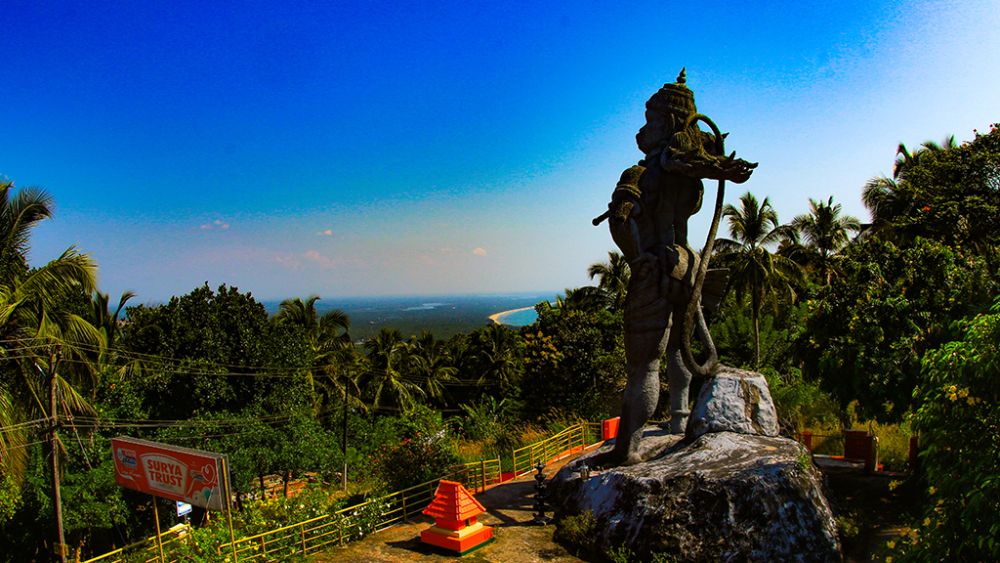

The scenic Ezhimala Hill, situated in Kannur, Kerala, India, is a destination rich in history and natural beauty. Known for its significant historical, cultural, and naval relevance, Ezhimala has been a beacon for travelers for centuries. The name Ezhimala is derived from the Malayalam words 'Ezhu' and 'Mala', which mean "seven hills", referring to the seven peaks which make up the hill.
Ezhimala is historically significant for various reasons. It was a flourishing seaport and a center of trade as early as the 3rd century BCE, governing the region's maritime activities. Many ancient scripts, including references in the renowned travelogues of Marco Polo and in the Periplus of the Erythraean Sea, underscore Ezhimala's importance in the global spice trade. It is believed that Ezhimala was one of the major battlefields during the Chola-Chera Wars and has strong associations with ancient mythology. As per local legends, the hill is considered to be a fragment of the Himalayas, dropped by the Hindu deity Hanuman as he was carrying the mount to Lanka in the epic tale of Ramayana.
For years, Ezhimala has been an alluring spot for those interested in history and nature. Its position in the naval history of India was further cemented with the establishment of the Indian Naval Academy in 2009, which is the largest of its kind in Asia. The hill is home to an ancient mosque believed to contain the burial chamber of Shaikh Abdul Latif, a Muslim saint.
The surrounding area is also known for the rare medicinal herbs located within its dense foliage, attracting those interested in Ayurveda and natural healing practices. The flora and fauna of the Ezhimala region are diverse and draw naturalists and researchers alike.
Recent tourism trends in Ezhimala revolve around responsible and sustainable travel. Visitors are increasingly interested in engaging with the local culture, environment, and history in a way that supports conservation efforts and respects local customs. Ecotourism initiatives such as guided treks, bird watching, and nature walks are becoming popular. Moreover, there is a growing appreciation for homestays and small-scale accommodations that allow tourists to experience the community lifestyle directly.
Adventure tourism also forms a part of the latest trends, with tourists seeking activities such as rock climbing and hiking around the Ezhimala hills. Enhanced visitor engagement with aspects of the naval academy and its significance for Indian maritime history has also gained interest.
Tourism in Ezhimala continues to grow, with the local government and private stakeholders working together to ensure that visitors can enjoy the beauty and history of the hills while preserving their ecological and cultural integrity for generations to come.
In summary, Ezhimala Hill remains a captivating destination that offers a blend of history, culture, and untouched natural beauty. Its evolving tourism dynamic continues to adhere to the growing global emphasis on responsible travel and authentic experiences.